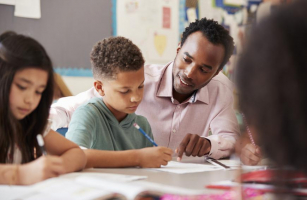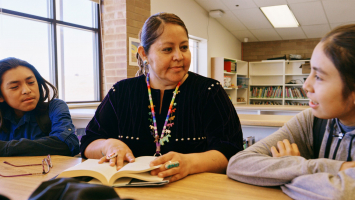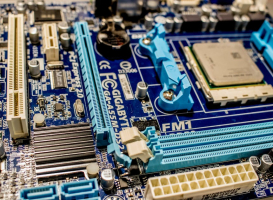Top 5 Best Ways to Deepen Student Comprehension
For the most part, students aren’t good at picking the best learning strategies, they usually opt for the path of least resistance. Durable learning, the kind ... read more...that sticks around and can become the foundation of a growing body of internalized knowledge, comes from hard work and even some degree of cognitive resistance. To get there, students need to have a way that helps them learn. Let's find out the best ways to deepen student comprehension.
-
Summarizing performs significantly better than tasks like rereading. In addition to paying closer attention, students "mentally arrange" the information into a logical structure and then incorporate it into pre-existing knowledge networks, resulting in stronger long-lasting memories. Summarizing thereby activates crucial cognitive processes that more deeply encode learning.
When teaching your students how to summarize, instruct them to avoid verbatim or copy-and-paste approaches. Have students recapitulate a concept with computers and books closed, for instance, and emphasize that doing so will test their actual knowledge more effectively, because “verbatim transcription may actually hinder learning by preventing the learners from engaging with the material more meaningfully”.

via: Edutopia 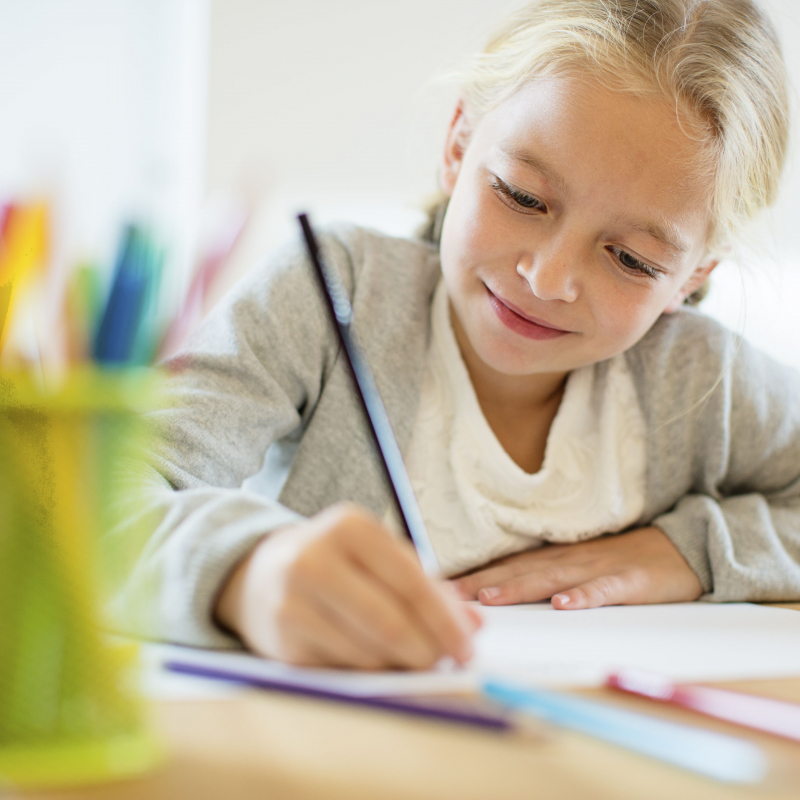
via: ThoughtCo -
Making sense of a difficult idea visually is frequently a deeper exercise than taking standard notes, or you can use it as a useful follow-up task. Kids can visually rearrange and make sense of the material they have learned by making concept maps, flow charts, or other graphic organizers that highlight the connections between important ideas.
Concept maps can help teachers "nudge pupils beyond the study of facts and skills to reveal concepts, transferrable ideas that transcend time, location, and situation". Sketchnote will also cut down on your study time. Additionally, it really aids in your ability to recall the lesson. Sketchnote will benefit you at work by fostering creative thinking and critical thinking.
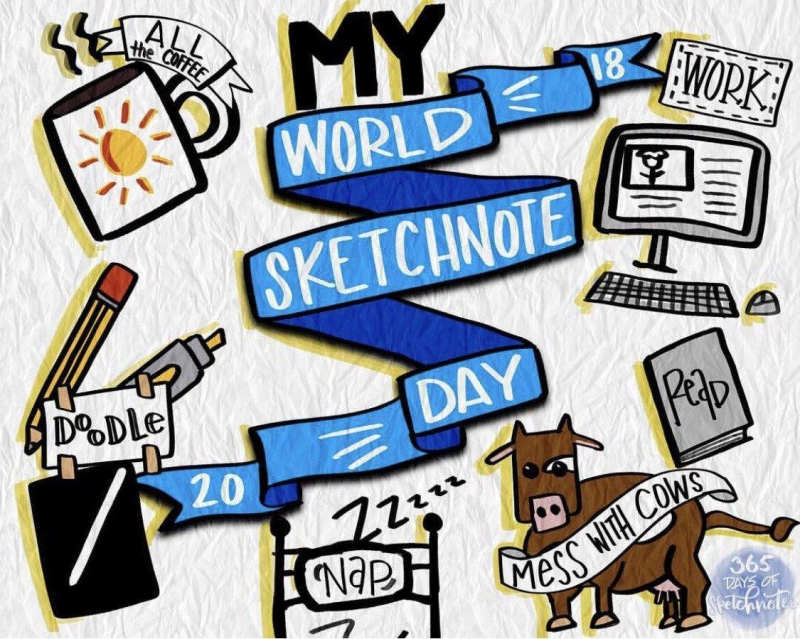
via: InWork 
via: InWork -
A 2020 study reveals that the best way to assess student comprehension is to have them create high-quality questions on their own. Researchers found that pupils who learned a subject and then created their own questions did 33 percent better than those who merely reviewed the content.
Simple questions, such as yes/no, multiple-choice, or short-answer prompts, might help kids retain information better, but in order to truly learn something, students must submit more challenging questions. Work with the kids to pinpoint key ideas or insights and provide examples of how to formulate more difficult, open-ended queries that begin with "explain", "why", or "how". These straightforward question starters will motivate students to reflect more thoroughly on the subject matter, moving from the specifics of a lesson to the more general concepts that support deeper learning.
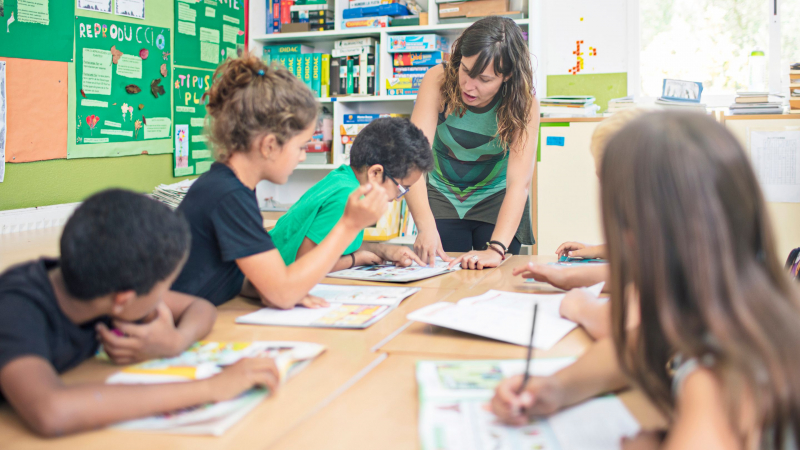
via: Edutopia 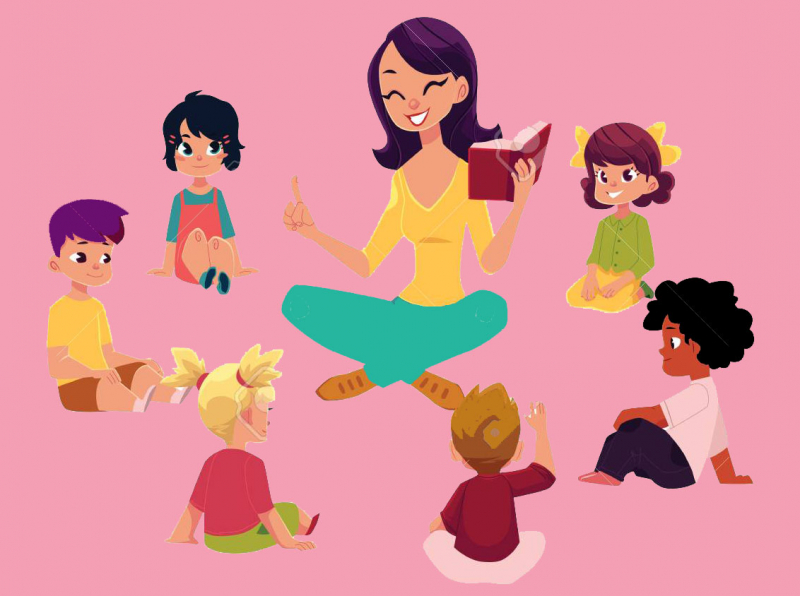
via: vungoi.vn -
Students of all ages and drawing abilities will benefit from even the most basic sketches, therefore the quality of the drawing is essentially irrelevant. No matter how talented an artist one may be, painting while encoding has advantages. Drawing encourages the smooth integration of the elaborative, motoric, and visual components of a memory trace, which helps memory.
Drawing connects several memory strands, such as the visual memory of the image, the kinesthetic memory of the hand drawing the image, and the semantic memory of the notion being learnt, in contrast to more passive means of learning, such as listening to a lecture or reading a paper. Drawings are often helpful indicators of how well pupils comprehend the subject.
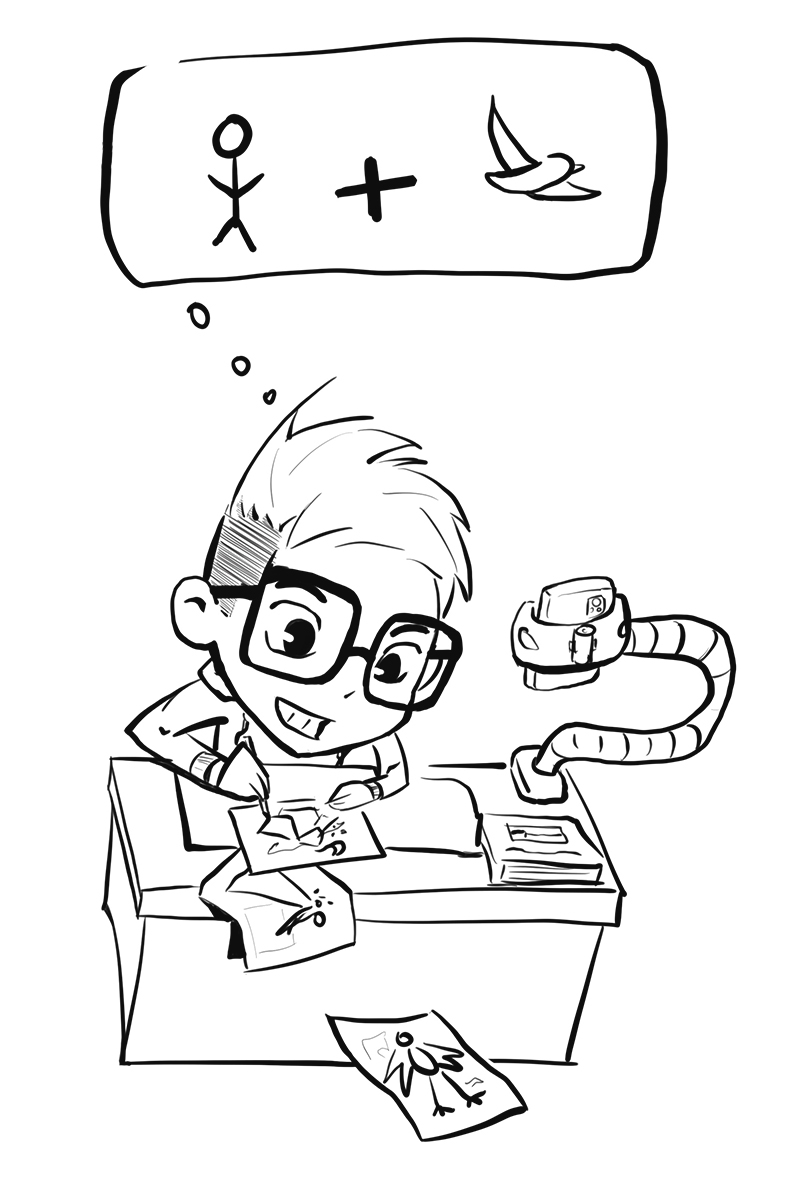
via: Zephyer 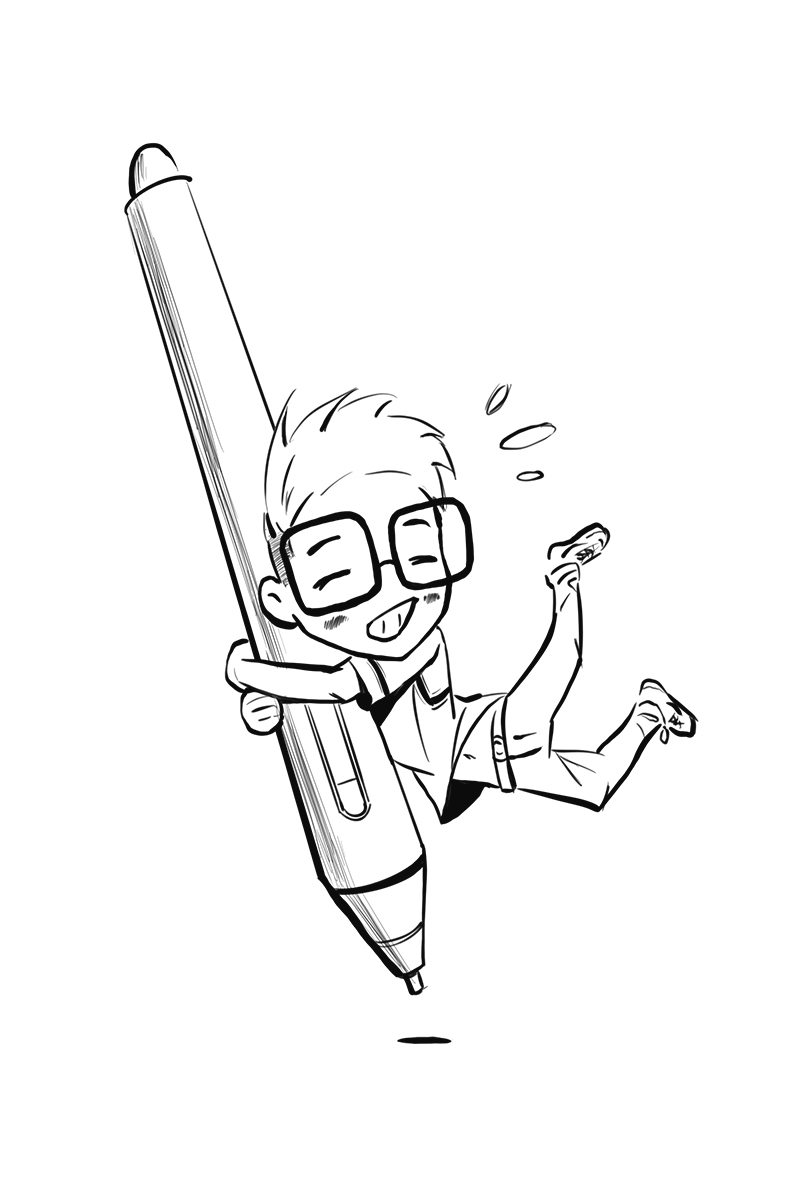
via: Zephyer -
Parents will occasionally gripe that they don't want their child "wasting time" by teaching a peer something they already know. However, elementary schoolers outscored those who had studied the same topic more traditionally when they were asked to teach their peers math concepts. That’s because good teaching requires you to check for gaps in your own understanding, which is a necessary part of excellent teaching. Additionally, research shows that students who teach put more effort into learning the topic, organize it better, and feel more purposeful.
Establishing ties with peers to teach them is possible in many ways. The first one is think-pair-share. Students are instructed to research a topic, discuss it in depth in pairs, and then present their findings to the class. Jigsaw groups make up the second. Students are given different lessons or topics to learn in small groups. Before returning to their original group to share what they know, students first have a discussion about their area of expertise with other students who were given the same organelle. The final way is "three before me". Before approaching the teacher, you advise kids to ask three of their peers for assistance.

via: San Antonio Charter Moms 
via: Unica







